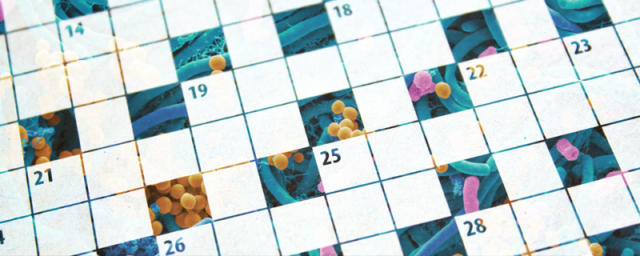A study published today (June 3) in Nature Medicine confirms previous reports that a variant of the gene CCR5 that protects against infection by HIV is also associated with an earlier death. Using genetic sequences and vital statistics from hundreds of thousands of people, the team finds that people with two copies of the mutation had a 21 percent higher likelihood of dying by age 76 than those with only one copy or no copies.
“It’s a very interesting study, and it really shows the power of coupling genotyping with large health databases,” says James Riley, a microbiologist working on treating HIV with T-cell engineering at the University of Pennsylvania who was not involved in the study. “But I don’t think it shows any real significant barriers to continuing to target CCR5 as a means to protect T cells from HIV infection.”
In 1996, researchers discovered that CCR5 encodes a receptor on CD4+ cells that HIV uses to enter the cells early on during an infection. People who have two copies of the so-called Δ32 allele don’t produce this receptor, and therefore seem to be protected against the virus. Two HIV patients who received bone marrow transplants from donors who carried the Δ32 mutation in 2008 and 2013 to treat leukemia even ended up HIV-free after the procedures.
The gene has been a popular target for studying HIV prevention and treatment and in an extremely controversial experiment in 2018, a scientist at the Southern University of Science and Technology in Shenzhen, China, used CRISPR to introduce a mutation that mimicked the effects of the mutation on two babies in hopes of preventing HIV.
According to a current estimate, more than 10 percent of Europeans have two copies of Δ32, and scientists believe it has become more common over the course of human evolution.
“There’s been a lot of interest in, why has natural selection been acting on this mutation to make it increase in frequency?” senior author Rasmus Nielsen, an evolutionary biologist at the University of California, Berkley, tells The Scientist. While the mutation is known to protect against HIV, Nielson says, the disease has emerged too recently to be the driving force in this gene’s increased popularity.
So he and his team wondered what other effects the gene might have. They turned to the UK Biobank, a repository of samples and health data that has been following 500,000 volunteers in the UK since 2006, for answers. “The exciting thing that’s going on right now is suddenly, within the last few years, we have these large databases where we can actually look at selection that goes on right now,” says Nielsen. They compared the genotypes of 409,693 individuals, thousands of whom carried two copies of Δ32, with British ancestry with information from the death register.
The average age of the study’s participants at enrollment was 56.5, so the analysis looked primarily at individuals above this age, rather than interpreting the gene’s effects in younger people.
“What we found is that on average, there seems to be a deleterious effect,” Nielsen says. Previous studies have suggested that the mutation can make people more susceptible to certain infectious diseases such as influenza, and this may be a driving force in the increased rate of mortality.
But that’s not the case for heterozygotes. Those with only one copy of the mutation did not have a higher chance of dying at 76 than those without any Δ32 alleles.
“It is very interesting to see that the [increased mortality] effect was limited to the homozygous state,” says Hans-Peter Kiem, who studies gene therapy and transplantation at Fred Hutch, in an email. It’s possible that having one copy of the mutation offers the individual wider protection against disease than two copies of either allele and therefore may be the reason for its growing prevalence in the population.










